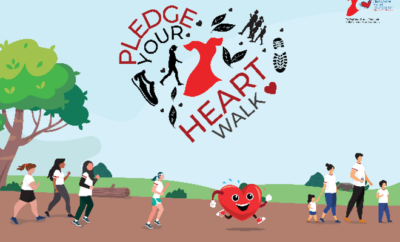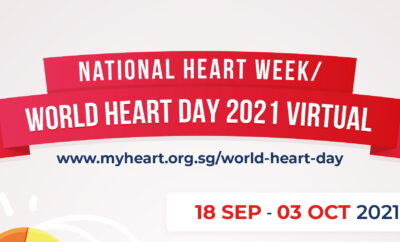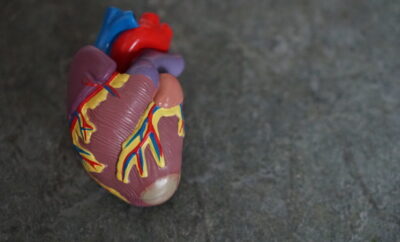
Health x Wellness
How can you tell if someone is suffering a silent heart attack?
Indigestion, muscle pain or a bad incident with the flu might mask a more serious condition – a silent heart attack
Silent heart attacks show few symptoms leading to the episode but puts a person at risk of suffering another heart attack, that could be fatal. Risk factors are similar to a heart attack with symptoms and include family history with heart disease, age, smoking, high blood pressure and others. There are no medical tests to determine potential of getting a silent heart attack. Doctors recommend that someone to go through imaging tests to reveal any signs that show a person might have suffered a heart attack.
Dr. Leslie Tay, an interventional cardiologist at Mount Elizabeth Hospital shares about the small, subtle signs to watch out for when it comes to silent heart attacks.
Q: What is a silent heart attack?
A: Heart attacks occur when one of the heart arteries become blocked to the point where blood flow is weakened. When deprived of oxygen and nutrients, the heart muscle becomes damaged and eventually dies.
Common heart attack symptoms include severe crushing chest pain or a heaviness often described as an elephant sitting on your chest, accompanied by cold sweats and nausea.
When a patient does not experience full-blown symptoms, it is known as a silent heart attack. Symptoms range from subtle to nothing, leading patients to brush it off as a less critical condition.
Q: What causes a silent heart attack?
A: Similar to that of a normal heart attack, the heart arteries are clogged from years of deposits of cholesterol and plaque, which rupture, bleed and block off the artery.
Q: How common are silent heart attacks?
A: Silent heart attacks are more common than we think.
Recent studies show that almost half of all heart attacks were silent. Patients are encouraged to be vigilant if they have any risk factors for heart attack – particularly if diabetic. Diabetics are more prone to silent heart attacks as the poor circulation and high sugar in their blood damages their nerve cells such that they do not experience pain the same way as someone with no diabetes.
Q: How do I know if I’m having a silent heart attack?
A: Patients may feel a discomfort in the back, arms, jaw or chest, experience dizziness or fainting spells. They may also feel unusually exhausted and breathless after a few steps. They may experience what they think is a heartburn sensation or an upset tummy.
Listen to your body as you know your body best. If something feels off, get it checked out.
Q: What if I don’t seek medical help immediately?
A: Heart attacks are serious and can lead to death. If you experience any of the subtle symptoms mentioned above, see your doctor to for an assessment.
Q: How can an interventional cardiologist help?
Cardiologists treat patients with heart disease as well as manage risk factors like hypertension, and cholesterol. In the case of a heart attack, an interventional cardiologist performs a procedure to open up the heart arteries to restore blood flow and stop the heart attack.
Q: How can I prevent a silent heart attack?
A: When I discuss prevention tips with my patients, I advocate a 3-pronged approach:
- Go for a health screening to identify any existing artery blockages you may have and get treated if necessary.
- Next, identify any risk factors such as diabetes, high blood pressure, high cholesterol, obesity, and smoking.
- Work with your doctor to keep your risk factors under control.
- If your doctor prescribes medication, take them regularly.
- If you smoke, stop. Smoking almost guarantees you heart disease or cancer in your lifetime.
- The final approach arelifestyle changes such as healthy eating and exercise. Being sedentary gives you almost 3 times the risk of death compared to being overweight but active. Just 20 minutes of exercise a day can significantly reduce your risk of death.









